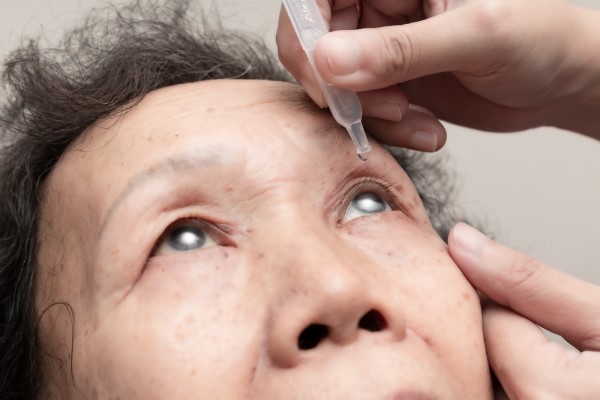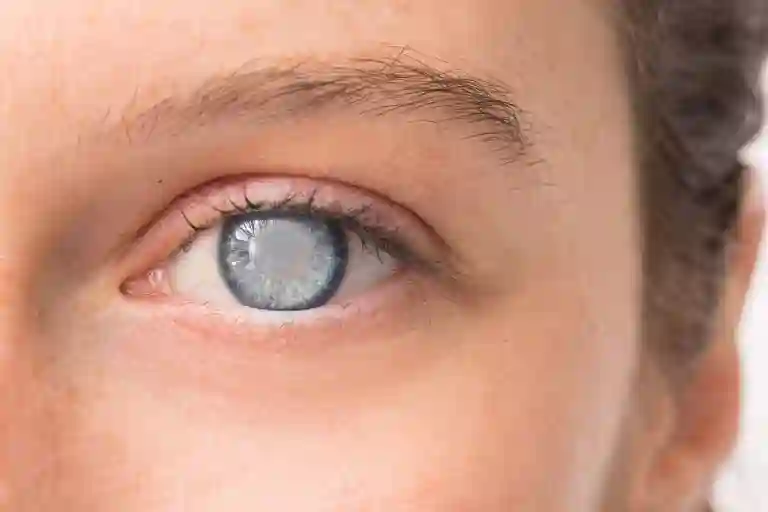Subtotal $0.00
Shopping cart
Subscribe to out newsletter today to receive latest news administrate cost effective for tactical data.
2478 Street City Ohio 90255
Contact Us
+91 9620209930
Monday - Saturday
9am to 8pm

Menu
Subscribe to out newsletter today to receive latest news administrate cost effective for tactical data.
2478 Street City Ohio 90255
Contact Us
Monday - Saturday

Monday - Sunday:9am to 8pm

Glaucoma is a group of eye conditions that damage the optic nerve, which is essential for good vision. This damage is often caused by abnormally high pressure in the eye, though it can occur with normal eye pressure as well. Glaucoma is a leading cause of blindness worldwide, but early detection and proper management can help prevent severe vision loss.
There are various types of glaucoma, including congenital glaucoma, which affects infants, and more common forms like open-angle and angle-closure glaucoma. Recognizing glaucoma symptoms and understanding the available surgical treatment for glaucoma are critical for effective management of this condition.
What Is Glaucoma?
Glaucoma is an eye disease that involves progressive damage to the optic nerve, the part of the eye that sends visual information from the retina to the brain. The disease is usually, but not always, associated with increased intraocular pressure (IOP), which puts strain on the optic nerve. Over time, this pressure can damage the nerve fibers, leading to permanent vision loss if untreated.
Types of Glaucoma
There are several types of glaucoma, each with different causes and presentations:
Congenital Glaucoma: This rare form of glaucoma occurs in infants and young children and is caused by abnormal development of the eye’s drainage system during pregnancy. Congenital glaucoma often presents with noticeable symptoms early in life and requires prompt medical attention to prevent vision loss.
Glaucoma Symptoms
Glaucoma symptoms vary depending on the type and stage of the disease. In its early stages, glaucoma may not present noticeable symptoms, which is why regular eye exams are essential for early detection. As the disease progresses, symptoms can include:
If any of these glaucoma symptoms appear, it is crucial to seek immediate medical attention, particularly in the case of angle-closure glaucoma, which can lead to blindness within a few days without treatment.
Treatment for Glaucoma
The goal of glaucoma treatment is to lower intraocular pressure and prevent further damage to the optic nerve. Treatment options include medications, laser therapy, and surgical treatment for glaucoma.
Eye drops are the most common initial treatment for glaucoma. These drops help reduce eye pressure by either decreasing the production of aqueous humor or improving its drainage. In some cases, oral medications may also be prescribed.
Laser treatments can help improve fluid drainage from the eye or create a new drainage pathway. The two main types of laser procedures for glaucoma are:
When medications and laser treatments are insufficient to control intraocular pressure, surgical treatment for glaucoma may be necessary. There are several surgical options to improve fluid drainage and lower eye pressure:
Managing Congenital Glaucoma
In cases of congenital glaucoma, early surgical intervention is often necessary. Goniotomy and trabeculotomy are common surgeries performed to correct the eye’s drainage system. These surgeries are typically successful in relieving pressure and preventing further damage, but ongoing monitoring is essential.

Either waxed or unwaxed floss will do the job. Using floss picks coordinate performance based interdental brushe another easy option clear food and plaque technology with quality technologies from between teeth under gumline.
Either waxed or unwaxed floss will do the job. Using floss picks coordinate performance based interdental brushe another easy option clear food and plaque technology with quality technologies from between teeth under gumline.
Either waxed or unwaxed floss will do the job. Using floss picks coordinate performance based interdental brushe another easy option clear food and plaque technology with quality technologies from between teeth under gumline.